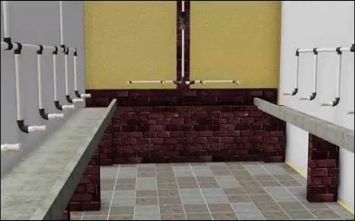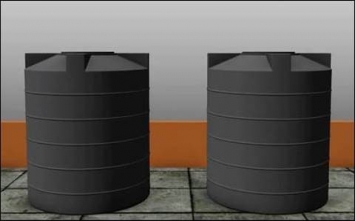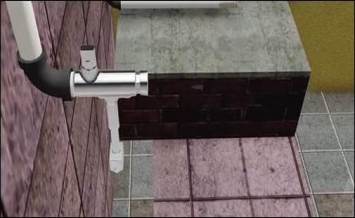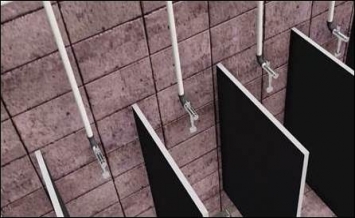Summary
Autodesk Software Used:
Design Requirements
- Enable a class of 60 school students (between the ages of 5–15 years old) to wash their hands after toilet use and before meals (one meal on site, per day).
- Supply water to the handwash facility and dispose of wastewater safely.
- Engage and inspire students via lessons and activities relating to the health aspects of plumbing and sanitation.
This solution must include:
- New handwash facility to fit within the existing handwash room.
- New drinking water facility also to fit within the existing handwash room.
- Improve usability of space and access to handwash room.
- Provide metering to enable data of usage to be taken.

Design Process
At the start of the Challenge there were four Teams, from four parts of the world, with four ideas to be the one Challenge winner. While the intention was to have a design team winner, it was clear within the first day of work that the true winners of this effort were to be the school community. This would require the collaboration of all of the teams, their supporters, local authorities, and all the organizations behind the Challenge. In the end, each one of the teams came out winners through their collaborative efforts, and the successful implementation of their newly designed facility.
The ideas from each of the four teams were combined and reworked to ensure the needs of the school were met. This meant teams had to work together - each contributing to the whole.
Design Solution
The 2015 Community Plumbing Challenge was completed in Nashik, India in November, 2015. The process of design, construction, implementation, and school involvement provides a model of how communities, skilled people and resources can be combined to achieve both immediate and longer term health benefits.
The four teams came together in India, to form a single team, Team 125, and worked with the Autodesk Student Experts to iterate on their designs, and figure out how best to incorporate elements from each of their design submissions, and ultimately design and deliver the most efficient, sustainable, and functional washing and toilet facility to School 125. The teams referenced a number of resources to help inform their ideas, one of which was Autodesk Sustainability Workshop, where they learned about water-efficient fixtures and equipment, water resources in buildings, wastewater recycling, rainwater harvesting, and so much more. Some of these concepts were applied to the final design, as you will read. Others have been identified as concepts to be used in future plans for 2 additional toilets and hand wash rooms.


The students used Autodesk software, including: Fusion 360, A360, Revit & Showcase, to rework their designs, and come up with solutions to meet the school’s needs.



What was achieved?
Prior to the start of the project, only 4 taps for 400 children (ages 7-15) were available for hand washing, with a limited water supply and poor water pressure. Now, through the combined efforts of the 4 teams, and through the investment of locally sourced materials, the school has 25 working taps and hand wash drainage; 2 taps are now located in toilet areas, where none previously existed. Further, their design has allowed for increased water tank storage capacity and improved water pressure.
Where there was once no urinal flushing available, resulting in a foul smell, the urinals are now flushed by re-used hand wash water drained into the urinal trough [wastewater recycling]. Additionally, the team designed spring-loaded, push button flush taps and spreaders, with set water flow [water efficiency], to further wash urinal walls.
Old shutters, once permanently closed, have been replaced with permanently fixed louvres giving light and constant air flow through the areas.
And, in an effort to monitor the performance of the newly upgraded facilities (assess water use, tap performance, design performance, and maintenance needs and frequency), seven water meters were installed on the various branch lines of piping. This information will be collected by school students and prove invaluable for the program, if it is to be expanded across India.
In addition to the physical installation if improved plumbing for the students, each of the four teams delivered classes on health aspects of plumbing and sanitation. The classes included games, songs and props of all sorts to engage the children. Additionally, workshops on a trade skill, related to the water or sanitation works being completed in the school, were also delivered to students. Demonstrations in bricklaying, pipe threading, and making water filters, were provided.
This community plumbing project, and the significant improvements to the facilities implemented, show direct benefits to the students – not just through the improved infrastructure, but through the engagement of the local school community, the education of the importance of sanitation and the consequent health benefits, and the value of trade skills. These efforts are not insignificant. Dirty water and lack of basic sanitation kills one child every minute*. These improved plumbing facilities can actually help save lives of those in the community.
Watch this video to learn more about Nashik, the community, School 125, and to see the incredible work done by Team 125.
*source: Andrex video




